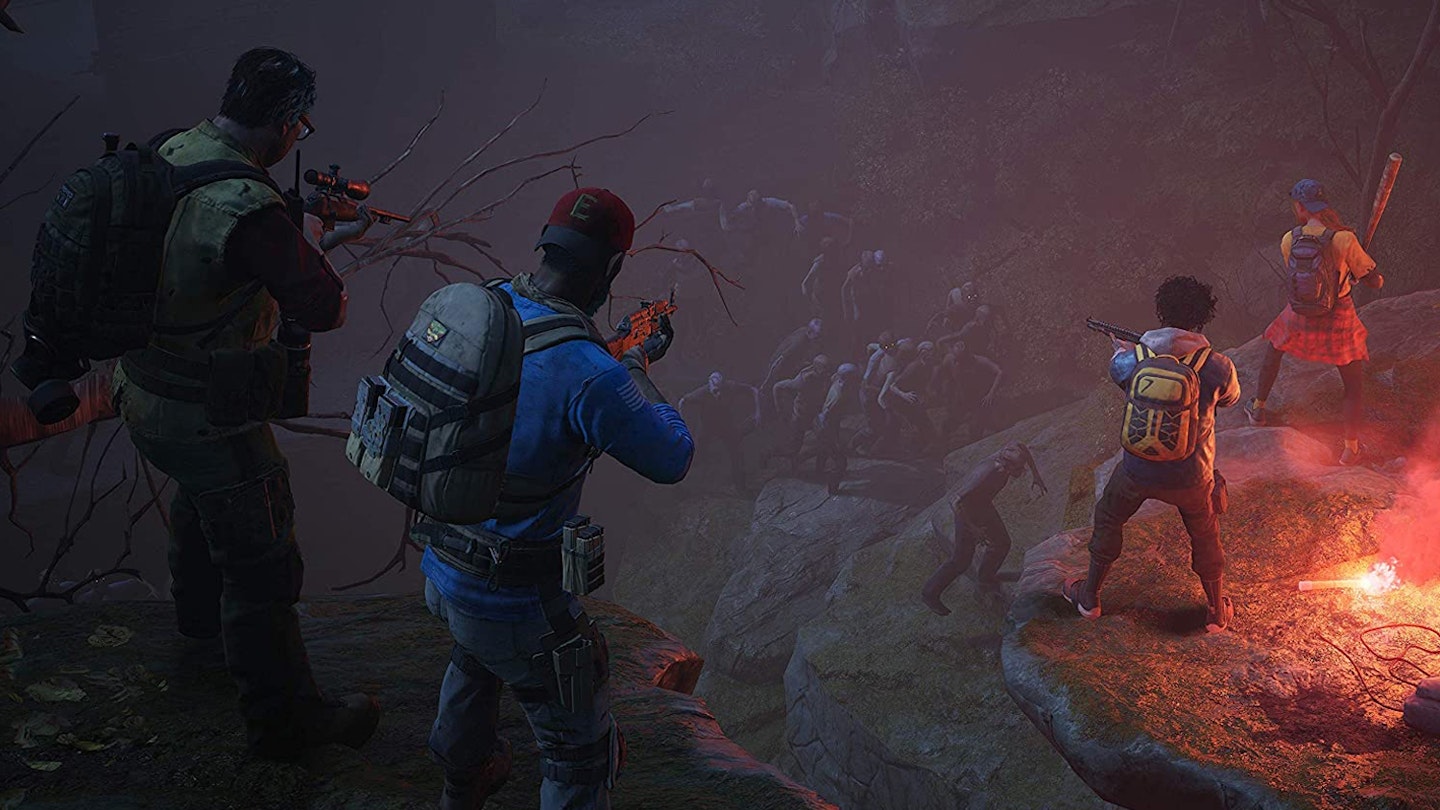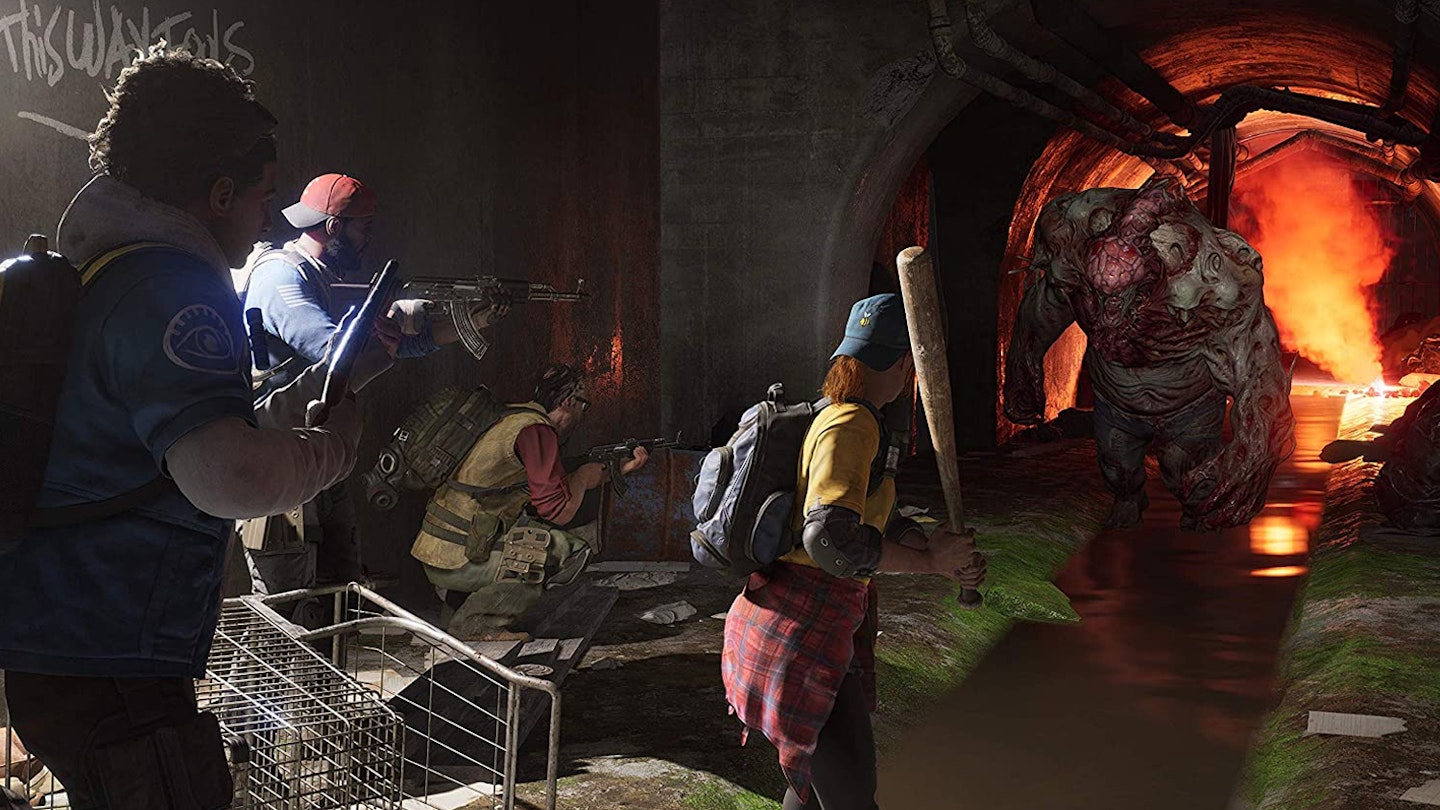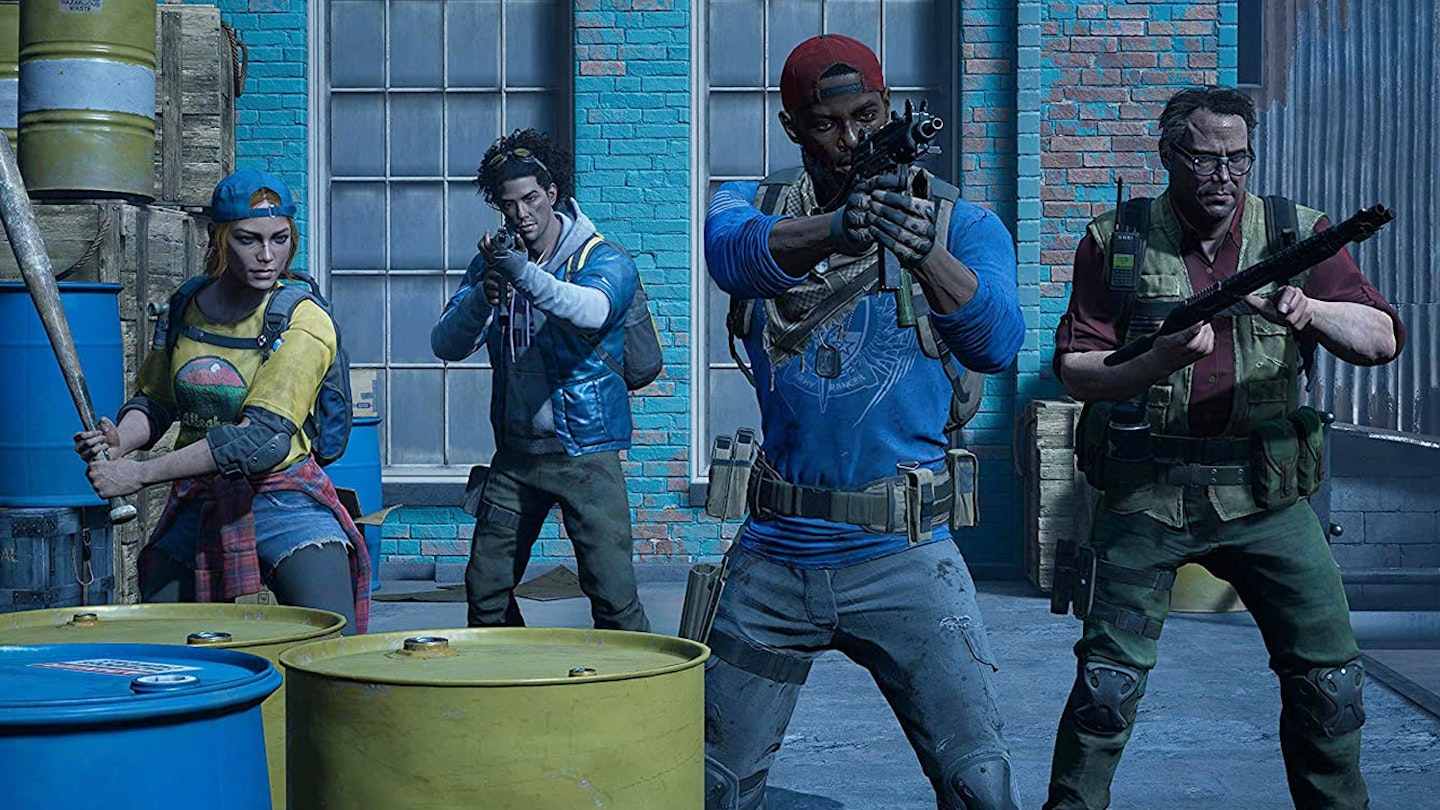Platforms: Xbox Series X|S, Xbox One, PS5, PS4, PC
Valve seems allergic to the number three. No Half-Life 3, no Portal 3, and no Left 4 Dead 3 – so Turtle Rock studios, developers of the original Left 4 Dead, has stepped up to fill the multiplayer zombie-shooting void in players' lives. Ultimately, Back 4 Blood is a sequel by another name, and anyone coming to this from the Left 4 Dead duology will have a clear idea of what to expect initially: teams of four rampaging through an undead apocalypse, gunning down disturbingly nimble corpses – Turtle Rock favouring the "fast zombies" school of thought – while dodging mutated monsters with special abilities. However, Back 4 Blood does have some tricks of its own, helping it stand apart as its own property.

You start with four playable characters – dubbed "Cleaners" in the game's parlance – and unlock another four at the end of Act One. Each has unique skills – Doc offers free healing, for instance, while Walker gets an accuracy bonus for precision kills. The character choice of each player also impacts the efficiency and skills of the team – Evangelo increases the whole group's move speed by a crucial five per cent, while Hoffman increases maximum ammo capacity by 10 per cent. How you build a team, and how characters' abilities stack with each other and complement play styles is pivotal to success.
While some players will appreciate the added tactics, the focus on the card system feels like an unnecessary complication.
There's also far more nuance in terms of weapons, tools, and items. Barbed wire can be used to set traps for zombies, while grenades and other projectiles are better saved for larger mutated enemies – which spawn with far greater frequency than their comparative numbers in L4D ever did. Weapons here have star rankings too, indicating potency, and can be improved with attachments. A weapon with no attachments but a higher base star rank will beat one that's lower but fully kitted out, so keeping an eye out for better weapons soon becomes second nature.
By far the biggest digression from Left 4 Dead, though is Back 4 Blood’s use of cards – a system of perks and debuffs that make fighting the undead not dissimilar to a Yu-Gi-Oh game. Cards are unlocked as you progress, and can be built into custom decks of up to 15 cards, a handful of which are selected at the start of each map to deliver modifications such as upgrading your melee shove with a knife for added damage, or increasing your stamina gauge to allow you to run further. You'll also have to deal with the impact of Corruption Cards, which apply negative effects on your team.

While some players will appreciate the added tactics, the focus on the card system feels like an unnecessary complication. While gaining cards and building decks turns the game into something of a roguelike – incentivising replays with different builds to see if you can eke out that much further – it also feels tonally out of place, especially when it's introduced in the hub area of Fort Hope by a stern military voiceover. Imagine Full Metal Jacket’s Gunnery Sergeant Hartman giving a really impassioned rant about the importance of trading cards in war for how incongruous it feels.
No matter how you stack the decks though, Back 4 Blood is also far more challenging than its precursors. Even with a full group of four co-ordinated human players, progression through the campaign feels granular, even on the lower 'Recruit' or 'Survivor' difficulties. Where Left 4 Dead gave occasional moments of respite, allowing players to compose themselves, reload, or search areas for resources, here the storm of undead is relentless, refusing to give even the smallest amount of breathing room, aside from the safehouses that serve as story checkpoints. All of that is a barely manageable onslaught in co-op; in its current form, it's borderline unsurvivable in single-player.
Back 4 Blood feels like its raison d'être is to be Left 4 Dead but more – more zombies, more weapons, more complexity. Sometimes, that works – its trauma system, where damage taken reduces the maximum amount you can be healed, is a great touch, adding another layer of tension in the desperate battle for survival – but in other aspects, the additions feel more hindrance than improvement. Players hoping for a cathartic, chaotic, co-op shooter in the vein of its spiritual predecessors may instead find this far too much of a grind. While Back 4 Blood is going to continue to evolve and grow as Turtle Rock tweaks and patches it post-release – meaning the game a year from now could be very different to how it plays now – if you're looking for something where you can just jump in and blast some ghouls, you'd be better off going Back 2 Left 4 Dead.
